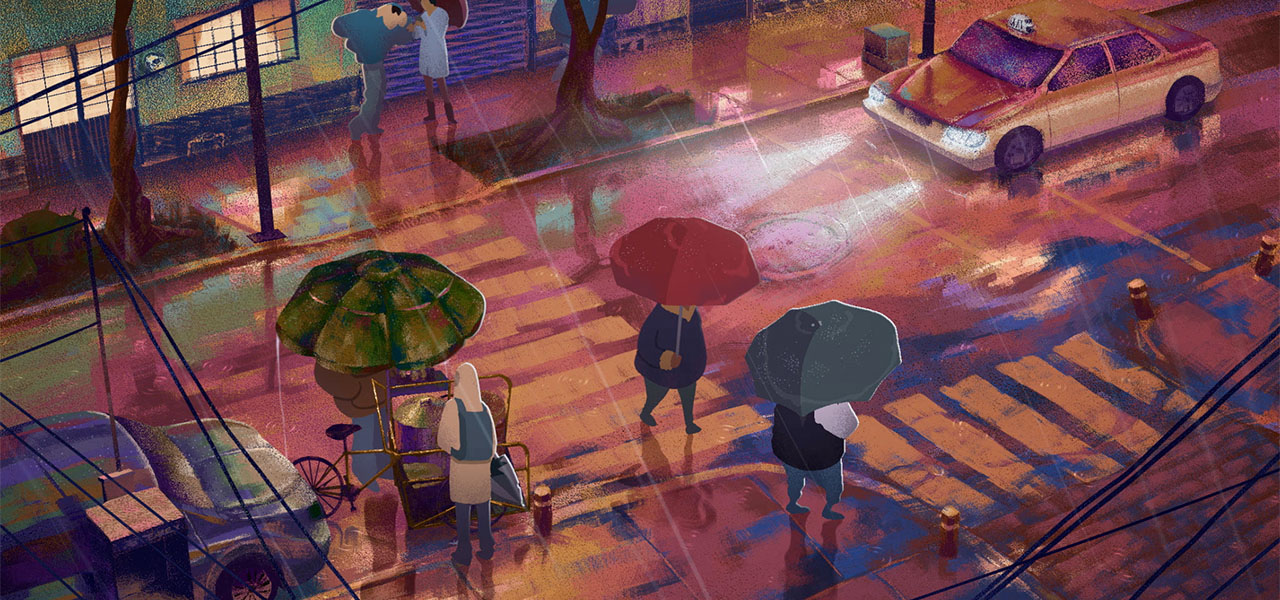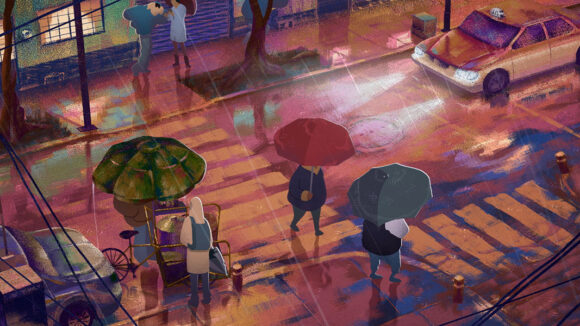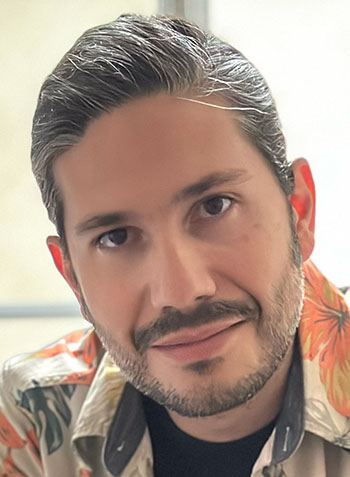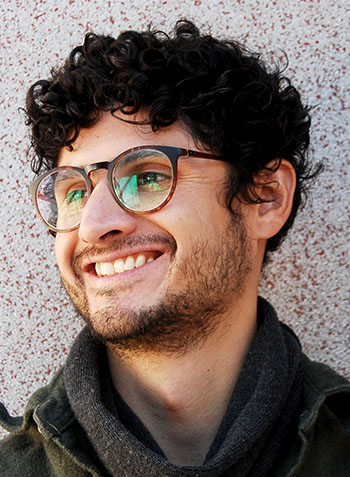

2025 Oscars Short Film Contenders: ‘Nube’ Directors Christian Arredondo And Diego Alonso Sánchez de la Barquera Estrada
Cartoon Brew is putting the spotlight on animated short films that have qualified for the 2025 Oscars.
In this installment, we’re looking at Nube from Mexican filmmakers Christian Arredondo and Diego Alonso Sánchez de la Barquera Estrada. The short earned its Oscars qualification by winning the Ojo for Best Mexican Animated Short Film at Morelia International Film Festival.
After witnessing an old, dark stormy cloud painfully rain and die in sorrow, Noma, a puffy white cloud realizes that Mixtli, her daughter, a dark stormy cloud, is in danger of raining prematurely. Together, they embark on a journey of self-discovery, learning the value of every moment. Nube is a beautiful and touching story written in the clouds by French production company Avec ou sans Vous and Hungary’s CUB animation.
Cartoon Brew: Nube opens with the very death of a storm, introducing the film’s main theme of loss and how we deal with it as individuals. How did you craft this particular shot and what were the challenges you had to face in that opening scene?

Diego Alonso Sánchez de la Barquera Estrada: This was a complete challenge to us; it was one of the last shots to be made, both in the animatic and during production. We didn’t even know how to draw it, and even more difficult was the question: How does a storm die? What does it look like?
It is a key shot as it quickly shows the mechanics of this fictional universe and it had to be very clear. The shot starts at ground level, to show the huge scale and influence the sky has on us, with lots of trees being violently blown by the wind provoked by this massive storm. The camera pans up, taking us to a different world, to a world of clouds to tell a story from the cloud’s perspective. We had to plan the shot in several planes of depth and height, everything animated separately. But the most important of all was to communicate the painful death of this old cloud, which will eventually have an echo later in the film.
Christian Arredondo: It was undoubtedly one of the most difficult shots in production, because even from the visual conception we had no references of how the death of a storm should look. In addition to that, we had a lot of things going on at the same time – special effects, perspective, camera movement. I think it is a shot that, having been done very late in production, was fed by all the experience that we were developing in the rest of the other shots. So for example, the trees and all the moving plants are made with grease pencil rigs with many layers and noise, and the storm is also animated in many layers with its own effects and lighting drawn frame-by-frame.
What was it about this story or concept that connected with you and compelled you to direct the film?
Arredondo & Sánchez de la Barquera Estrada: Nube is a deeply personal story. When we were brainstorming ideas for a film, we were trying to find something that we both connected with on a profound level. Our only goal was to make something with a lot of heart and honesty. We were friends but that was the time when we started to open up to each other in more vulnerable ways, and we started to talk about what we were going through in our personal live. At the moment Diego was dealing with grief as he had lost a very close family member, and so we talked about all the complex and mixed feelings he was having. During this process, we discovered that this was something Christian’s family also had to go through. Different times, different ages, different outcomes, but the same struggle. This was something that united us, as it comes from our own experiences and feelings. As we talked more about personal experiences about the loss of loved ones, it made us connect further with each other and offered us a path that finally led us to the idea of this little cloud raining prematurely.
What did you learn through the experience of making this film, either production-wise, filmmaking-wise, creatively, or about the subject matter?

Arredondo: At first I think it pushed the technical skills that both Diego and I already had to the limit. I could especially say that, since I was in charge of the art direction, before Nube I didn’t feel capable of producing something like this, or I didn’t know how to use colors in this way. Although perhaps the biggest learning I had in the three years that we spent making the film, was that at the beginning I wanted to do something that was easy and simple, so that the production would be efficient. But at a certain point, I embraced the idea that everything was more complex than we expected, but at the same time it turned out to be very beautiful. I know now that the short films and animation that excite me today require the freedom to put in whatever is needed (not necessarily a lot) to make the film something deeply expressive.
Sánchez de la Barquera Estrada: For me, this was the first time presenting a piece of work that was so deeply personal. It was something that made me feel very vulnerable. But this also was a reminder that I was not alone in this stage of my life, that not only my friend and co-director had a similar experience, but also a lot of people that have watched the short film and come to us talking about their own experiences.
Can you describe how you developed your visual approach to the film? Why did you settle on this style/technique?
Arredondo: At the beginning we needed the style to be simple so that the production would be easy to finish. However, immersed in the context we were in, and at the speed at which we had to work, we ended up discarding the references we had and began to work in the personal way that each one did before entering the production, taking those ways of working to solve problems that we had never faced before, such as making a high-quality color script. We are very proud that the final style of the film is not the style of any of us, and we do not feel that it is the style of any of the references, at least not of those that we based ourselves on at the beginning.
Many of the elements that are representative of the film, such as the textures, were born from a set of brushes that I used in my personal processes (created by me in Clip Studio Paint) and we discovered that they served to adequately represent elements such as rain. Then we tried to make everything very close to us, that is why the film takes place in Mexico, because it was easier to represent all those things that were already familiar to us.
Sánchez de la Barquera Estrada: We wanted to have a very minimalistic look and to keep the simplicity of the clouds, we kept them as cloud-like as possible, even removing facial features when we didn’t need them. This posed different challenges for the acting, as we wanted the facial movements to be very expressive in this dialogueless short. Having to work with as few lines as possible on their faces made us rethink and analyze each emotion to its purest form.
The simplicity of design was contrasted by the complexity of the mechanics of these characters as they are constantly changing shapes but we still had to keep them recognizable. We focused on the textures and the softness, trying to break the edges as much as possible to give the ethereal feel to the clouds. We had to develop a specific pipeline to work on the grain of the textures and to break those edges in a manageable way. It was a leap of faith as we were only able to test a few shots before jumping into full production.
